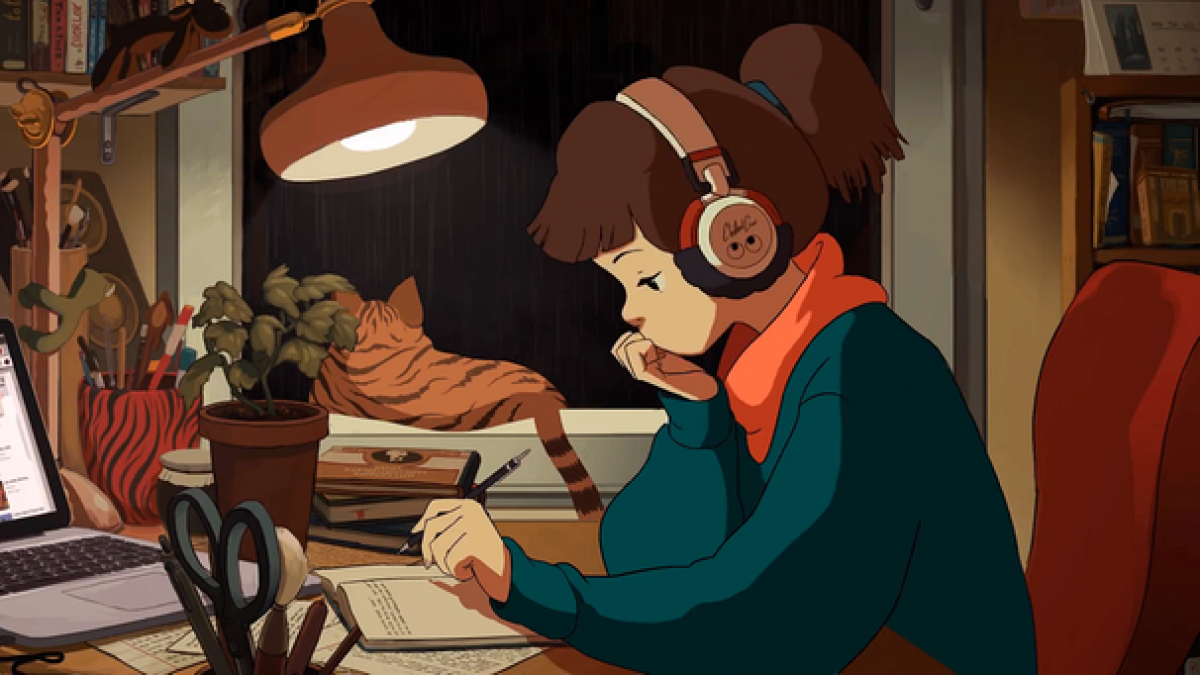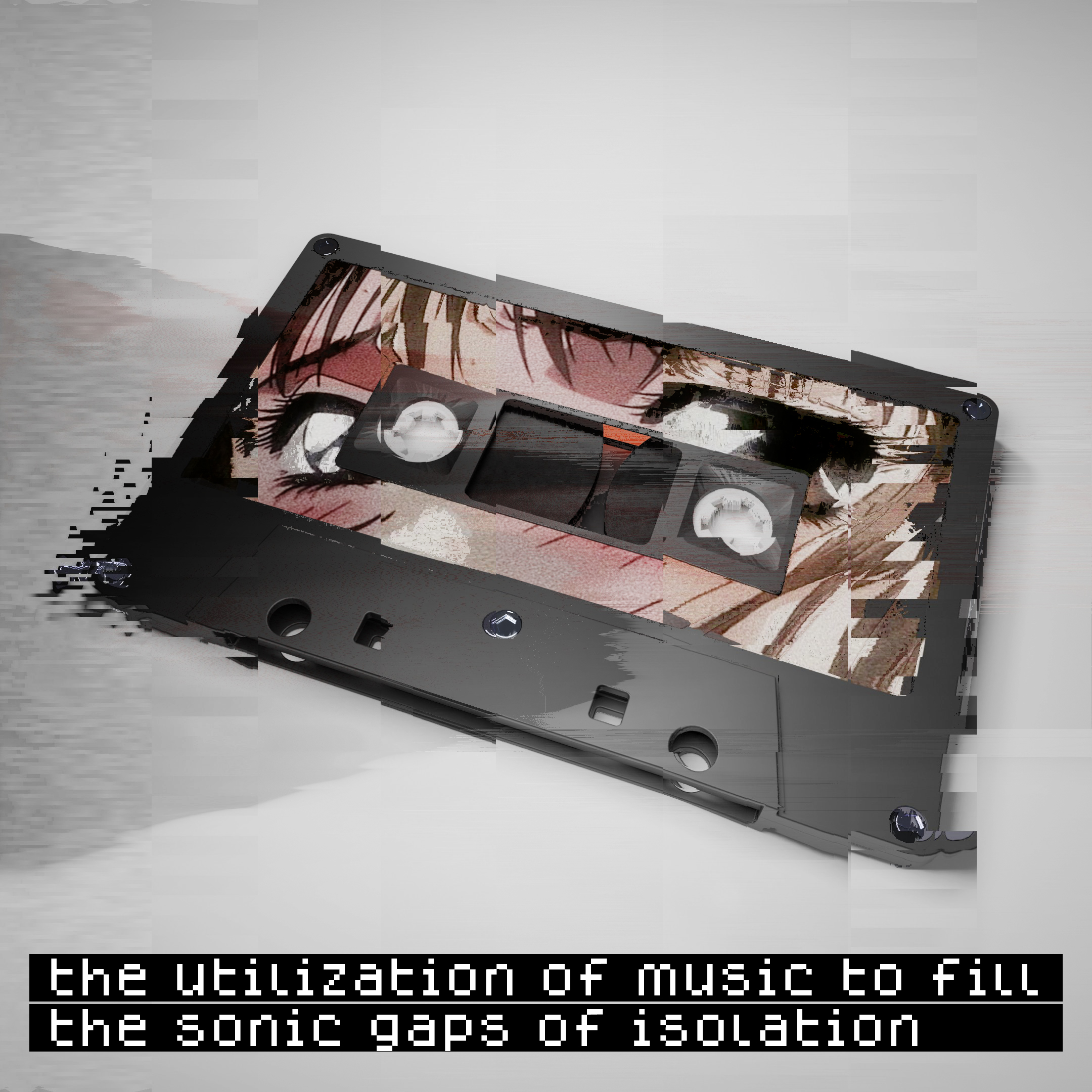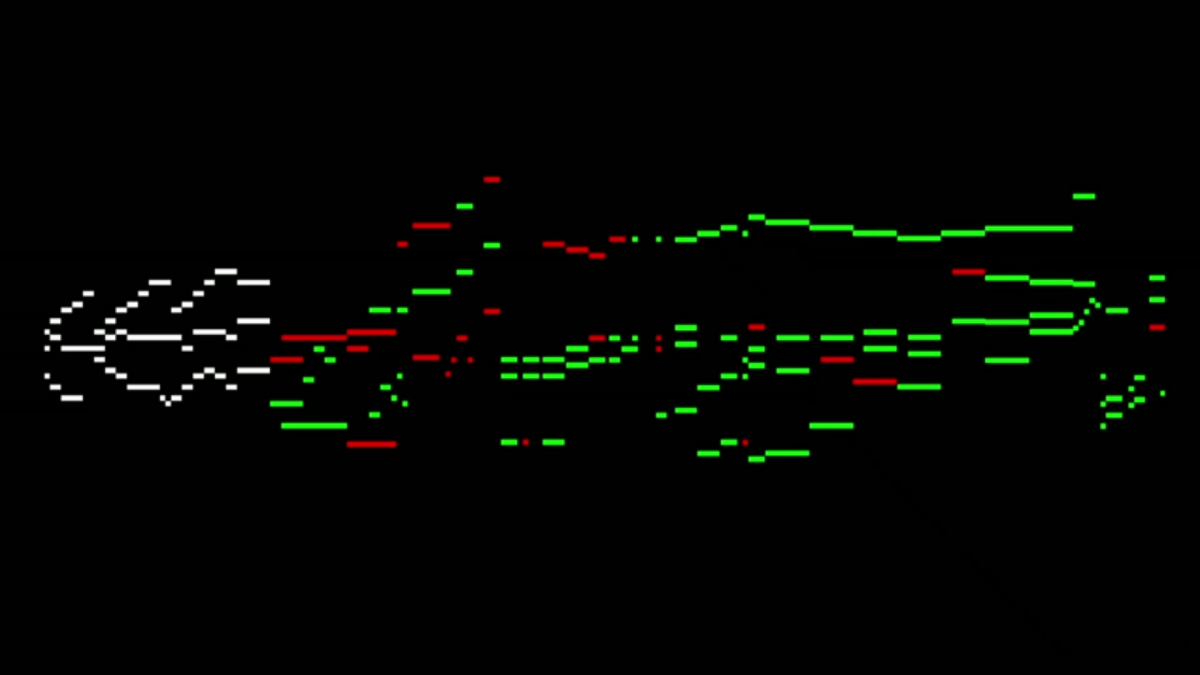
Work Soft, Play Soft – The Pleasurable Horror of Lofi Beat-Playlists
Even prior to the current retreat into the home office, life with screens has flattened one’s experience of time and space – but also of work and leisure. In the fourth episode of the Sonic Vignettes series, Malte Pelleter investigates lofi beat streams and their utilization for self-regulation.
The currently prevalent (and still: privileged) retreat into the home office marks an overlap of the private and the profitable (not to mention: exploitable) in the spatial but also in the temporal dimension. It is these newly warped spatio-temporalities that I want to briefly listen for in the soundtracks that currently spill through so many noise-cancelling bluetooth headphones.
Holger Schulze has already delved deep into the halting soundscapes of today’s endless video calls in his first contribution to this series. However, there is also a peculiar sonic tapestry to these isolated office spaces that people still call home at some point: The deliberate utilization of ambient sound and music to either fill the sonic gaps of actual isolation or to find isolation from noisy surroundings (for recent examples look here or listen here). This phenomenon is as current as it is drowning in sonic history. Annahid Kassabian’s 2001 example of her students, leaving on the sound of different media devices in different rooms, feels uncannily contemporary twenty years later: «They say it fills the house, makes the emptiness less frightening» (Kassabian 2001, 5).
While typing these lines, I put on my own pair of headphones, plunging into the seclusion of my all-too-homey quest for productivity. The counter-phase signals of the noise-cancelling soothingly blending out all remaining sonic traces of a world that once existed outside the cramped confines of my place. I am not in the mood for mere splashes of noise though. Instead, I am opting for another mainstay of sonic laborious loneliness: The notorious, never-ending YouTube-livestream «beats to relax/study to».
Wavering Rhodes piano chords are now gradually filling up every corner of the artificial silence of my earpieces. In the midst of this an acoustic guitar line is trailing long shadows of noisy reverb. Somewhere in the background rain is pouring behind a curtain of pitched-down tape hiss. Everything floats, slowly sloshes back and forth, but never overflows the upper frequency range of my hearing spectrum. The obvious harmonic functionality sounds almost silly in all its calming effect. Finally, a slowly plodding drum loop squashes everything aside in heavy waves of side-chain compression, with a muffled kick drum weightily modulating the amplitude of all other layers. Viscous swells of bittersweet sound keep surging up to my eardrums.
While I am writing this, the YouTube channel responsible for this stream lists more than seven million subscribers with about 40,000 people listening at the moment. Are these people relaxing? Or studying? The internet is bursting with similar streams. There is much to be said about these so-called «Lofi-beats», but for now I am struck by how self-evidently their sound underlines the present temporal ambiguities. In their recent study, Emma Winston and Laurence Saywood (2019, 49) state that «Lofi hip hop streams might […] be read as one means to navigate collapsed boundaries and the expectation of self-regulation in a control society». It is especially about navigating (and coping with) collapsed spatiotemporal boundaries, one might add. The mere title gives it away: Relaxing and studying, work and leisure, are only separated by a rather arbitrary slash.
In their sampling politics then, all these pitched-down, warped piano chords, and guitar loops function more like faint, detuned echoes of Burial’s temporally ambiguous post-rave melancholia. There is a specific longing in its sound for an «imagined past, not only unreachable in the present, but never experienced in the first instance» (Winston/Saywood 2019, 45). These kinds of hauntological time-pathologies are widely discussed in recent sound studies (see e.g. Schulze 2020, 105–7). Lofi beats, in their seemingly banal affirmation of the current indistinguishability of the capitalist spheres of work and leisure, haunt as anew. Is there a more adequate sonic sign of the times than this almost pleasurable drowning in a temporally complex kind of Gleichzeitigkeit, in which past and present get swirled once again?
List of References
«Sonic Vignettes» is a new Norient Special discussing sound: one fragment, one experience, recording, one viral video, stream, one monograph or encounter at a time – in all its depth, its historical and affective ramifications, with the finest expertise in Sound Studies. Initiated by Holger Schulze, Rolf Großmann, Carla J. Maier, and Malte Pelleter, published as a monthly column.
Biography
Published on February 06, 2021
Last updated on July 01, 2021
Topics
How does this ideology, but also its sheer physical expressions such as labor affect cultural production? From hip hop’s «bling» culture to critical evaluations of cultural funding.
From the music format «78 rpm», the melancholic echoes of a dubbed out rave night in London, and parodic mockings of «perfect house wifes» by female Nigerian pop musicians.
How does the artits’ relationship to the gear affect music? How to make the climate change audible?
Sampling is political: about the use of chicken clucks or bomb sounds in current music.
Special
Snap



